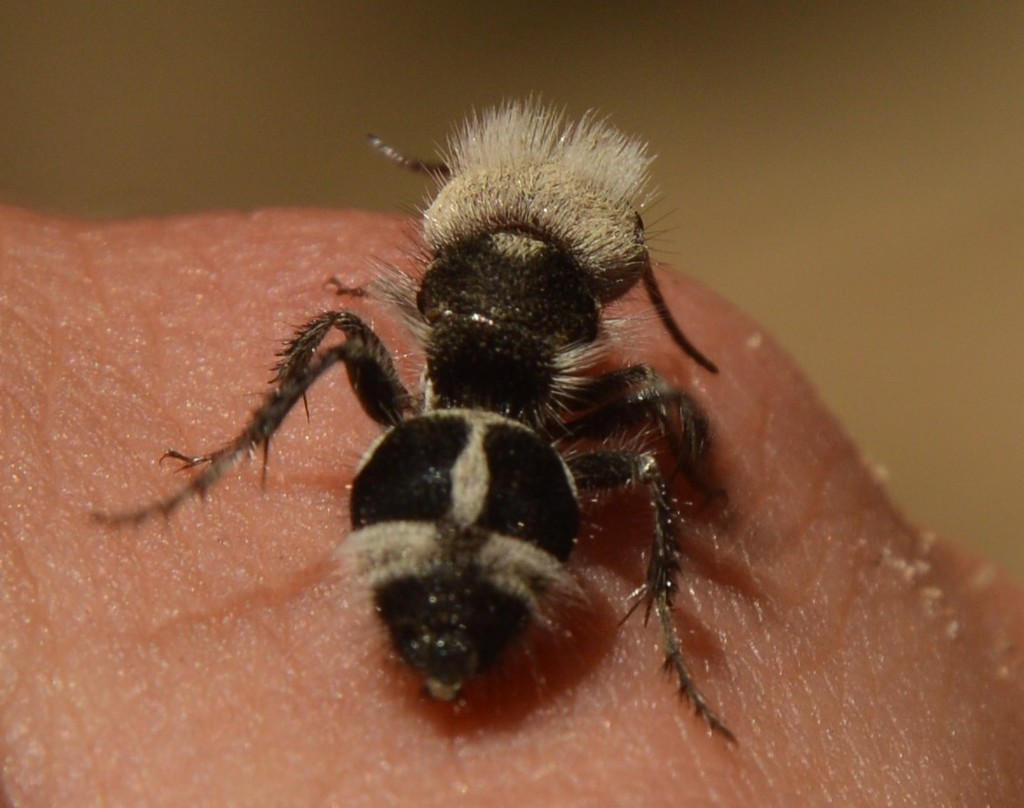When we think of ants, images of tiny, industrious insects come to mind. However, the panda ant, with its striking appearance, challenges our perceptions. This fascinating creature, known for its black and white coloration reminiscent of a panda, has sparked curiosity and concern. But is the panda ant really as cute as it looks, or is it hiding a more dangerous side? Let’s unravel the truth behind this misunderstood insect.
The panda ant, scientifically known as Euspinolia militaris, is not actually an ant but a species of wasp belonging to the Mutillidae family. Found primarily in Chile and parts of Argentina, these creatures are often called “cow killer” wasps due to their potent sting, which can be incredibly painful. The name “panda ant” stems from their distinct fur and color pattern, making them appear deceptively adorable.
While the panda ant may look fluffy and inviting, it is essential to be cautious. The female panda ant is wingless and relies on its striking appearance to ward off predators. They possess a sting that is known to be extremely painful, ranking high on the Schmidt sting pain index. For humans, the sensation can be likened to a sharp, burning pain, which is a stark reminder that beauty can come with a price.
As with many unique species, the panda ant faces threats from habitat loss and climate change. Raising awareness about these creatures is vital for their conservation. Understanding their role in the ecosystem and respecting their space can help protect them from unnecessary human interference.